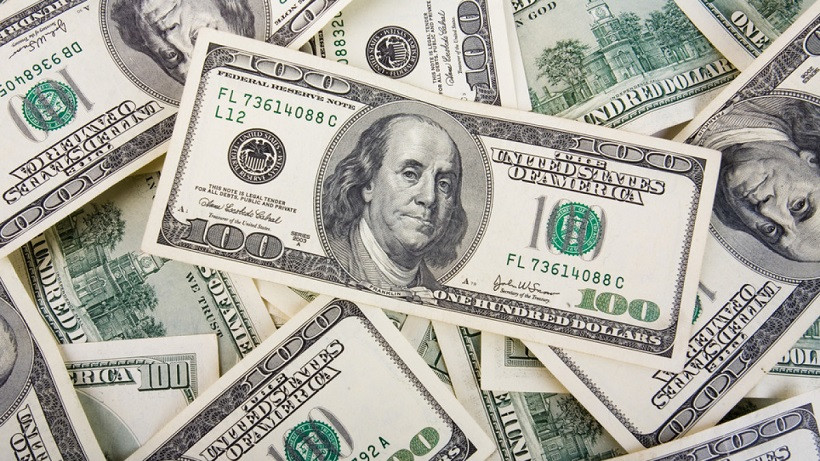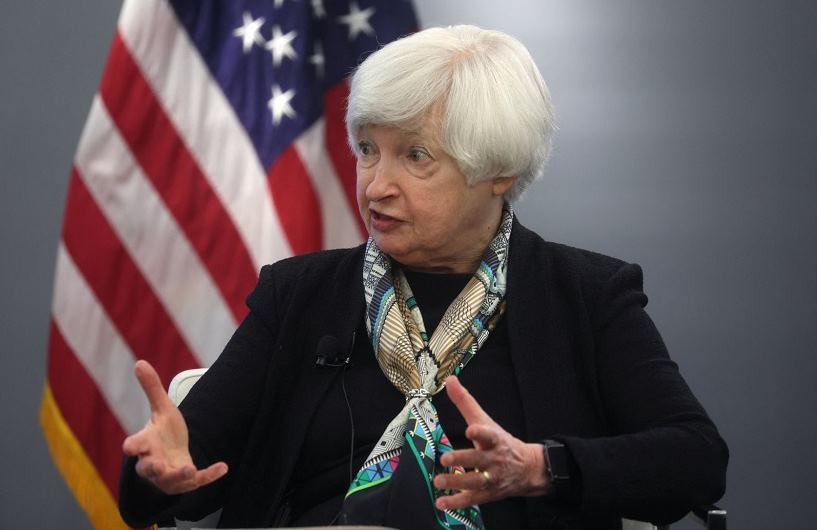The US dollar, at the start of the trading week, is losing its positions throughout the market, including in pairs with the euro. EUR/USD bears abandoned the idea of conquering the 99th figure (at least for the moment), after which the buyers seized the initiative for the pair. We are not talking about a trend reversal: we are dealing with a corrective pullback due to the weakening of the US currency.

The dollar may have become a victim of inflated market expectations. Rumors that the Fed could raise interest rates by 100 points at once quickly turned into certain confidence, especially after the Bank of Canada raised the rate by this amount. A hawkish, but hasty market conclusions, on the one hand, significantly strengthened the greenback (for example, the EUR/USD pair fell to 0.9953) but, on the other hand, played a cruel joke on the dollar. It turned out that the issue of a 100-point rate hike is at least debatable. Moreover, some representatives of the Fed have already criticized this idea.
In particular, Christopher Waller (who has the right to vote) said that market participants "are waiting too soon for a 100 basis point rate hike." In his opinion, the regulator should not "recklessly react to published inflation data." At the same time, he signaled that he was ready to support a 75-point rate hike in July.
James Bullard voiced a similar position, who also has the right to vote in the Committee this year. In general, he admitted the possibility of such a step but, at the same time, doubted its expediency. According to him, there is not much difference—whether to raise the rate by 100 points in July "and less at three other meetings this year" or to increase the rate by 75 points this month "and maybe a little more" at the remaining meetings in 2022.
In turn, Federal Reserve Bank of Atlanta President Raphael Bostic said that too sharp an increase "could hit the positive aspects of the economy."
By and large, the idea of a 100-point increase was supported in the public plane only by the head of the San Francisco Fed, Mary Daly. The rest of the Fed representatives were either skeptical about this proposal or have not yet expressed their position.
In addition, another fundamental factor played against the dollar. Last Friday, inflation expectations calculated by the University of Michigan were published. The release showed that the component of long-term inflation expectations decreased to 2.8% (from the previous value of 3.1%). After this publication, the probability of a rate increase by 100 basis points at the July meeting decreased again.
To date, the possibility of this scenario is estimated at 25%, whereas after the publication of the report on the growth of the consumer price index, as well as after the announcement of the results of the meeting of the Canadian regulator, traders laid an 85% probability. Given such a mood swing, it is not surprising that the greenback was under pressure—its situational weakening looks quite logical and reasonable.

Treasury Secretary Janet Yellen also contributed. In today's interview with Reuters, she stated that Washington's relations with Beijing "are not completely negative." Although her comments were quite vague (Yellen indicated that China is listening to US concerns "in some areas"), traders reacted quite sharply: at the start of the trading week, markets are positive about risk, while demand for the dollar has significantly decreased.
By and large, a correction in the EUR/USD pair has been brewing for a long time. The pair's traders had little choice: either the sellers push through the parity level and consolidate in the area of the 99th figure, or the buyers seize the initiative and organize a counteroffensive, the ceiling of which is the 1.0300 mark. In the current conditions, traders could not afford to drift into the 1.0000 area—either a further advance downward, or a retreat of 150–200 points up. If the Fed members had unanimously supported the idea of a 100-point rate hike at the July meeting, the bears would have had a chance to conquer the 99th figure. But the Fed representatives moderated the ardor of the dollar bulls, thus supporting the corrective pullback of EUR/USD.
At the moment, it is best to take a wait-and-see position—you need to wait for the end of the upward impulse. From a technical point of view, EUR/USD buyers have a range of up to 1.0300—at this price point, the middle line of the BB indicator coincides with the Kijun-sen line on the daily chart. However, the pair may well complete the correction ahead of schedule, even before reaching the target. Longs look risky and unreliable, the downward trend is still in force, so when the corrective momentum fades, sales will be relevant again. The targets are 1.0150 (in case of price growth to the area of the 2nd figure), 1.0100 and 1.0050.
Trading analysis offered by RobotFX and Flex EA.
Source



Please do not spam; comments and reviews are verified prior to publishing.